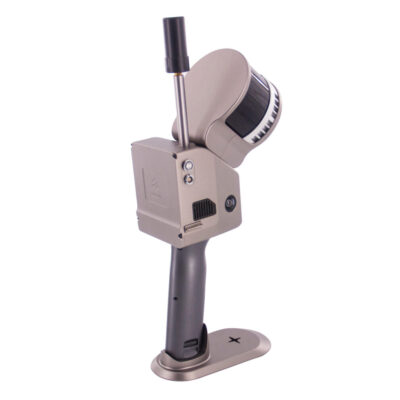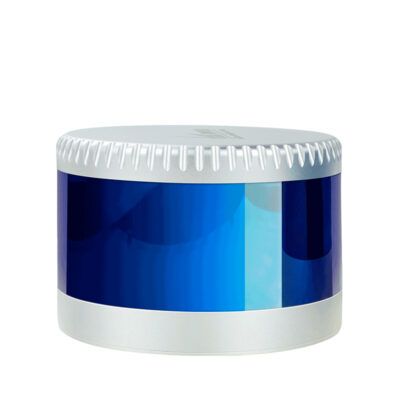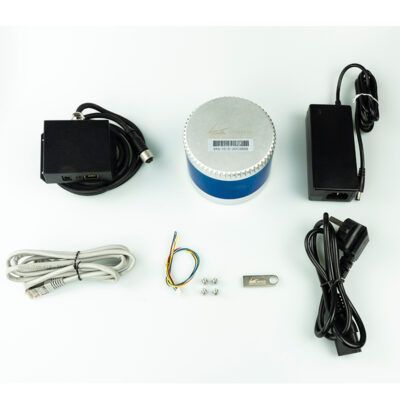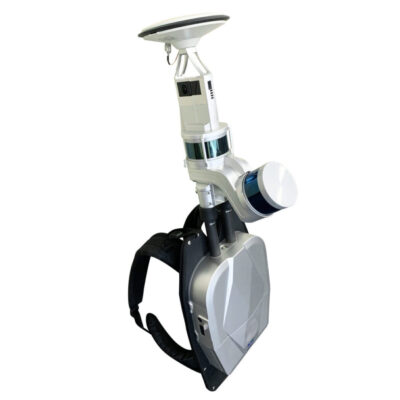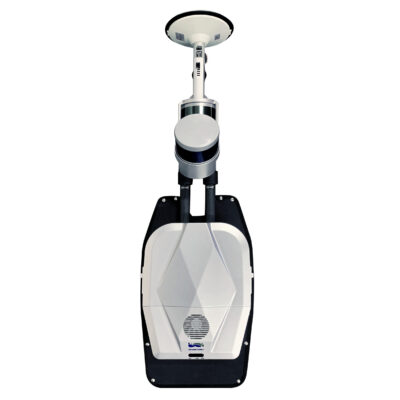LiDAR
Lidar vs Radar: Differences, Advantages and Disadvantages
In the realm of sensing technologies, Lidar and Radar have emerged as key players, each offering unique capabilities that cater to diverse applications. This article dives deep into the Lidar vs. Radar debate, exploring their technological nuances, differences in accuracy, and the advantages and disadvantages that set them apart.
Understanding Lidar and Radar
Lidar
Lidar, short for Light Detection and Ranging, utilizes laser light to measure distances with remarkable precision. By emitting laser pulses and measuring the time it takes for them to return after hitting an object, Lidar creates detailed, three-dimensional maps of the surroundings.
Radar
Radar, or Radio Detection and Ranging, operates on the principle of radio waves. It emits radio frequency signals and detects the reflections from objects, calculating their distance and speed. Radar has been a stalwart in various industries for decades.
Differences in Technology
Lidar’s Light Advantage
Lidar’s reliance on light waves enables it to generate high-resolution images and maps. This technology is especially adept at capturing fine details and distinguishing between objects with precision. The use of shorter wavelengths also allows Lidar to detect smaller objects.
Radar’s Radio Waves
Radar, on the other hand, employs radio waves that can penetrate various environmental conditions, such as rain and fog. This makes Radar a reliable choice in scenarios where visibility is compromised. However, the longer wavelengths limit its ability to capture intricate details compared to Lidar.
Some popular lidar devices
Advantages and Disadvantages of Lidar and Radar
Advantages of Lidar
- Exceptional precision in mapping and object detection.
- Ideal for applications requiring high-resolution imaging.
- Widely used in autonomous vehicles for accurate navigation.
Disadvantages of Lidar
- Higher cost of equipment and maintenance.
- Vulnerable to interference from external light sources.
- Limited range compared to Radar in some scenarios.
Advantages of Radar
- Operates effectively in adverse weather conditions.
- Longer detection range compared to Lidar.
- Proven track record in applications like aviation and defense.
Disadvantages of Radar
- Lower resolution and limited ability to capture fine details.
- Challenges in distinguishing between closely spaced objects.
- Susceptible to interference from other radar systems.
Conclusion
In the Lidar vs. Radar showdown, the choice between these sensing technologies ultimately depends on the specific requirements of the application. Lidar’s precision and detail make it a go-to solution for emerging technologies like autonomous vehicles, while Radar’s robustness shines in scenarios where environmental conditions are unpredictable. As technology continues to advance, it’s likely that a combination of Lidar and Radar, or even the emergence of new technologies, will shape the future of sensing and navigation systems across various industries.



